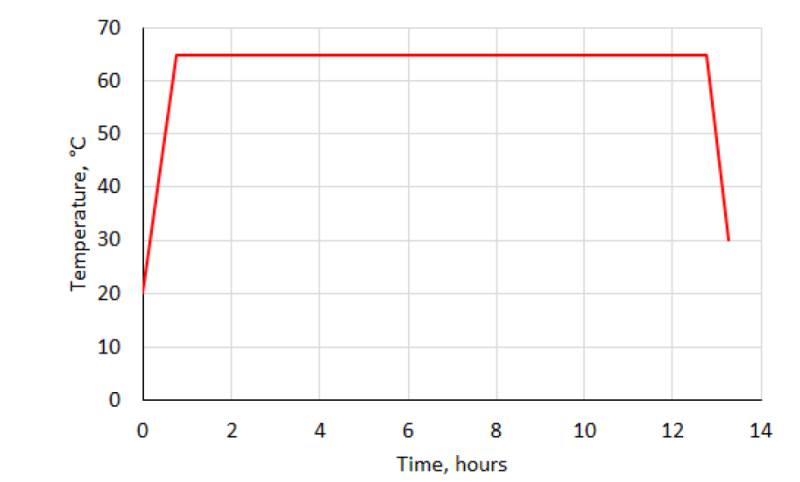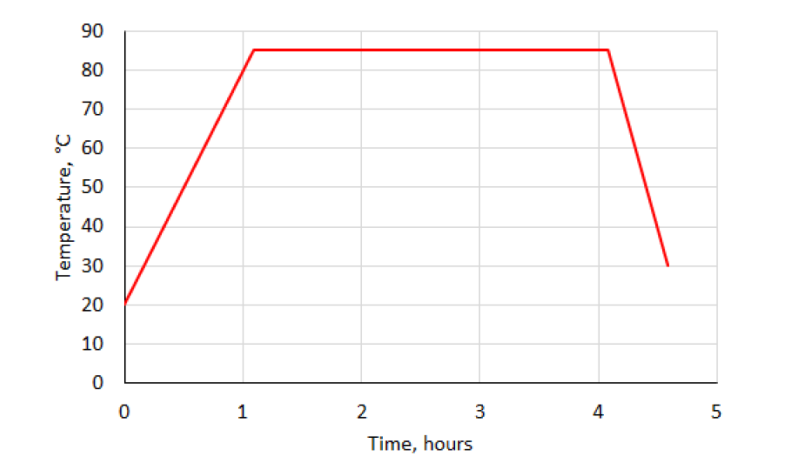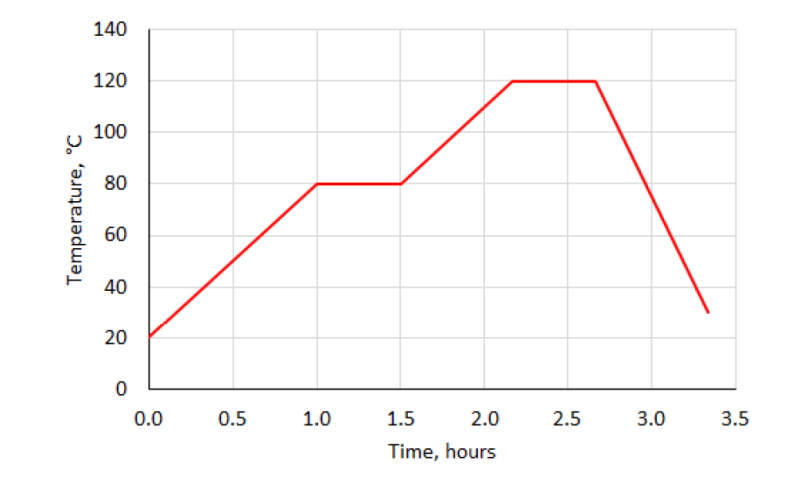Enhanced TDS
Knowde-enriched technical product data sheet
Identification & Functionality
- Chemical Family
- Polymer Name
- Reinforcement Material
- Composite Materials Functions
- Technologies
- Product Families
Features & Benefits
- Materials Features
- Key Features & Benefits
- Flexible cure temperature 65-120 °C
- Service temperature up to 120 °C
- Suitable for vacuum bag/oven, autoclave and press molding
- 21 days out-life at room temperature
- 12 months storage life at -18 °C
- Good tack and drape
- Toughened
- Excellent surface finish
- Available on a range of reinforcement fabrics
Applications & Uses
- Markets
- Applications
- Cure Method
- Composites End Use
- Composites Processing Methods
Properties
- Composite Properties
Mechanical Properties of Monolithic Laminates
Carbon:
Typical data for laminates made from Evopreg® EPC200 205 g/m2 2x2 twill high strength carbon fiber prepreg (Evopreg® EPC200-C205T-HS-3K-45-1250) cured in a vacuum bag/oven for 12 hours at 65°C followed by a free standing post-cure for 1 hour at 120°C.
Property Result Result, normalized
50% VfTest method Fiber content by volume, Vf 46% 50% - Cured ply thickness 0.26 mm/ply 0.23 mm/ply - Density 1.46 g/cm3 1.49 g/cm3 - Flexural strength, 0° 705 MPa 772 MPa ISO 14125 Flexural modulus, 0° 49.0 GPa 53.7 GPa ISO 14125 Tensile strength, 0° 582 MPa 678 GPa ISO 527-4 Tensile modulus, 0° 51.7 GPa 60.3 MPa ISO 527-4 Compression strength, 0° 548 MPa 607 MPa ASTM D6641 Apparent interlaminar shear strength (ILSS), 0° 61.5 MPa ISO 14130 In-plane shear strength, ±45° 112 MPa ISO 14129 Typical data for laminates made from Evopreg® EPC200 650 g/m2 2x2 twill high strength carbon fiber prepreg (Evopreg® EPC200-C650T-HS-12K-38-1250) cured in a vacuum bag/oven for 12 hours at 65°C followed by a free standing post-cure for 1 hour at 120°C.
Property Result Result, normalized
50% VfTest method Fiber content by volume, Vf 51% 50% - Cured ply thickness 0.69 mm/ply 0.68 mm/ply - Density 1.48 g/cm3 1.48 g/cm3 - Flexural strength, 0° 762 MPa 752 MPa ISO 14125 Flexural modulus, 0° 46.0 GPa 45.4 GPa ISO 14125 Tensile strength, 0° 529 MPa 522 MPa ISO 527-4 Tensile modulus, 0° 54.4 GPa 53.7 GPa ISO 527-4 Compression strength, 0° 399 MPa 390 MPa ASTM D6641 Apparent interlaminar shear strength (ILSS), 0° 54.0 MPa - ISO 14130 In-plane shear strength, ±45° 140 MPa - ISO 14129
Technical Details & Test Data
- Processing & Curing
The prepregs can be processed using standard techniques including vacuum bag/oven,autoclave and press molding. Suggested cure cycles are shown below.
Cure temperature Minimum cure time Glass transition temperature Tg, onset E’ Glass transition temperature Tg, peak tan δ 65°C 12 hours 69°C 85°C 85°C 3 hours 95°C 119°C 120°C 30 minutes 124°C 145°C - Recommended maximum ramp rate 1°C/min.
- Ramp rates may need to be reduced and/or cure times extended to account for thermal lag in large tools.
- For autoclave cures, we recommend using a relatively low pressure e.g. 30-50 psi (2-3.5 bar) to avoid excess resin bleed.
- If curing at 120°C out-of-autoclave, an initial hold at 80°C for at least 30 minutes before
- ramping to higher temperatures may assist resin flow to improve surface finish.
- Optional post-cure 120°C for 1 hour - Tg onset E’ 128°C, Tg peak tan δ 145°C (max ramp rate 0.3°C/min).
- Alternative post-cure 95°C for 1 hour - Tg onset E’ 114°C, Tg peak tan δ 131°C (max ramp rate 0.3°C/min).
Suggested cure cycle for vacuum bag/oven cures at 65 °C:

Suggested cure cycle for vacuum bag/oven cures at 85 °C:

Suggested cure cycle for vacuum bag/oven cures at 120 °C:

- Products Available
Evopreg prepregs are available with a wide range of reinforcements, including woven, non-woven, non-crimp stitched and unidirectional fabrics in the following fibers:
- Carbon
- Glass
- ampliTex™ Flax
- Aramid
- Hybrids
Safety & Health
- Health & Safety
Please refer to the Safety Data Sheet (SDS) before use. This material contains epoxy resin and fibers which can cause irritation to skin and eyes and allergic reactions. Wear appropriate PPE including overalls and impervious gloves, and ensure adequate ventilation. Exothermic reactions can occur when curing epoxy resins, and particular care must be taken when curing thick laminates.
Packaging & Availability
- Packaging Type
- Packaging
The material is typically delivered in rolls and with a silicone coated release paper on the bottom and a polythene release film on the top. Typical packaging - 76 mm (3”) diameter cardboard core, polythene bag, reusable cable ties, cardboard box and end supports. Where relevant, multiple boxes are typically stacked on a standard wooden pallet, strapped and covered with stretch wrap. Other packaging may be available on request. We recommend retaining the boxed packaging to protect the material during storage.
Storage & Handling
- Shelf Life
- 12 Months
- Storage
The material should ideally be stored in a freezer at -18°C and sealed in a polythene bag. To protect the material, we recommend storing it in its original box with the end supports. To avoid moisture condensation, allow the material to defrost fully and reach room temperature before opening the polythene bag. Typical thaw time for a full roll is 4-6 hours. Keep the material sealed in the polythene bag when not in use to prevent moisture absorption. The cable tie that seals the polythene bag is reusable. Out-life at room temperature is 21 days. Storage life at -18°C is 12 months.